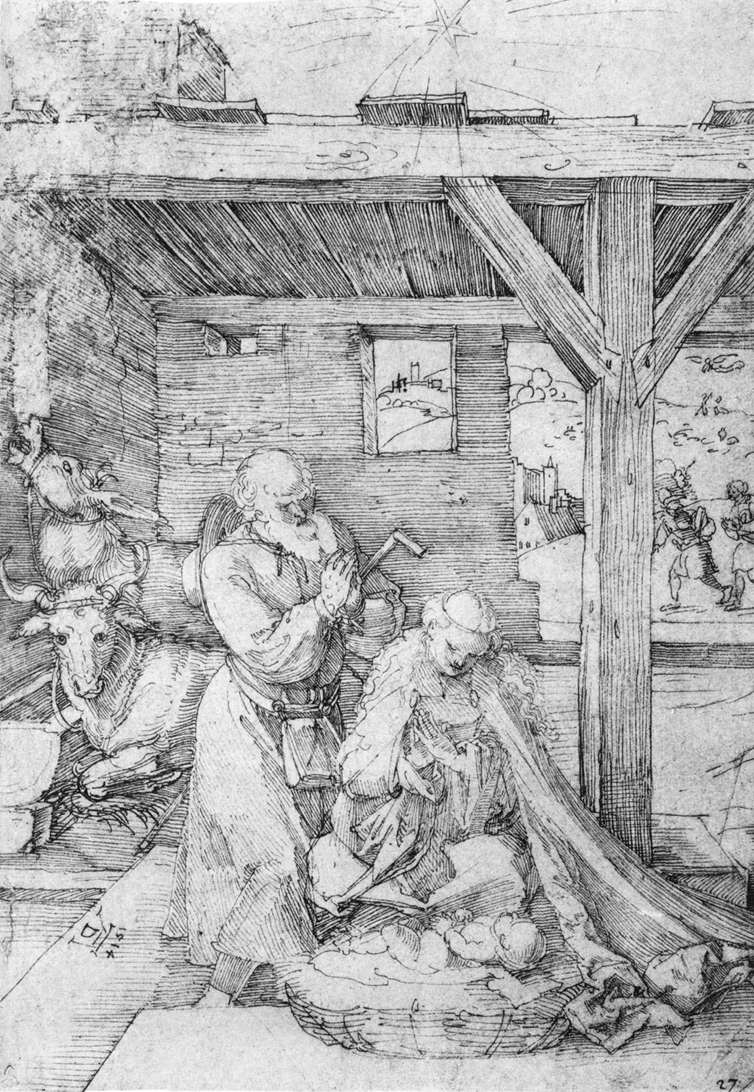I’m still working through the Inklings book I’m reading. I must be getting near the end – most everybody’s dead now. Maybe there’s a long notes section at the end.
But for now, you’re stuck with my idle thoughts.
My reading today got me thinking about The Lord of the Rings, and my mixed feelings about the Peter Jackson films.
I remain a fan of the original movie trilogy. It has its flaws, but all in all (and this is my personal metric) the experience of watching the films is fairly similar to that of reading the books. So they get a thumbs up. The Hobbit movies are a different matter. I saw them in a theater, but hope never to watch them again.
Still, there are moments in the LOTR movies that should have warned me, I think, of what was to come with the Hobbit fiasco. I’m thinking primarily of the treatment of smoking.
It’s impossible for anyone who understands Tolkien’s life and culture, his friends and environment to understand the smoking in the LOTR books as being about anything but tobacco. Tolkien and the Inklings were inveterate smokers. No doubt we might have enjoyed their presence in this world longer if they hadn’t been, but the world was different then. Lewis is on record as disbelieving all the health warnings.
But in the very first movie, as Gandalf and Bilbo smoke together, they consistently refer to what they’re smoking as “weed.” That’s shorthand, of course, for “pipeweed,” which is what tobacco is called in the books. But the clear implication for the modern viewer is that they’re enjoying marijuana. This is reinforced later on, when Saruman taunts Gandalf, saying that his love of “the halflings’ leaf” has muddled his thinking.
Of course it’s a different world today. People today are taught to treat tobacco as if it were plutonium. It has almost become magical in its evil effects, in the public imagination. So Jackson, no doubt, thought he was helping Tolkien out by turning his beloved tobacco to cannabis. In so doing he changed the Shire, replacing Tolkien’s idealized agrarian English village with something that might be his own ideal – a 1960s California commune.
And that’s Jackson’s problem, it seems to me. He thinks he’s in a position to correct Tolkien. To explain to him how a story really ought to be told. In his view, he is the master, Tolkien the student. Tolkien is lucky to benefit from his storytelling genius.
And that’s what spoiled the Hobbit movies.
In my opinion.
Like this:
Like Loading...




